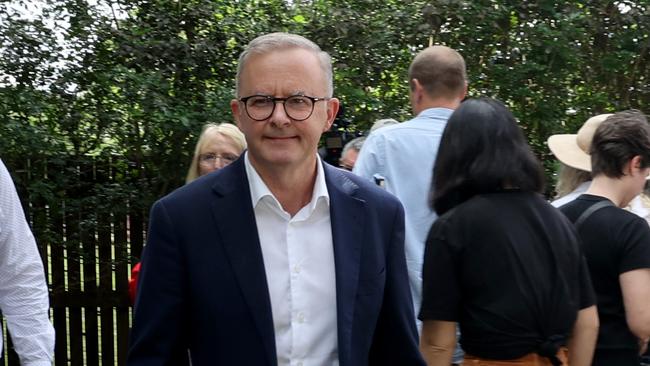
It was nothing less than spectacularly bad.
Surprise, surprise, the Labor leader’s approval ratings have fallen through the floor.
The first impressions voters form of an opposition leader are often in the first week of an election campaign. Albanese has gone from a small target to a gaping chasm overnight.
And the impression voters have had has been a dramatically negative one.
With less than five weeks before polling day, his net satisfaction levels are now at their lowest level since becoming leader.
To put just how bad these numbers are in context, the only opposition leader to have had a bigger net satisfaction fall from one poll to the next during an election campaign was Kim Beazley who dropped from +17 to +1 from October 19-21 to October 26-28 in 2001.
They are now on a par with Bill Shorten’s numbers in the first two weeks of the 2019 campaign.
Every opposition leader in the history of Newspoll has finished the election campaign with a better net satisfaction rating than the one they started with.
Albanese has started his campaign by going demonstrably backwards.
He could no doubt recover, but that recovery is now from a far lower base than he or his campaign had anticipated. This has thrown uncertainty into his campaign and doubtless shattered his confidence.
Scott Morrison is now ahead on approval ratings – a position he hasn’t held for a considerable time – and is leading as preferred prime minister by a margin roughly in line with that he enjoyed over Shorten during the 2019 campaign. On these numbers alone, it is hard to see how Albanese could win an election.
But based on the more important voter intention numbers, it is equally hard to see how the Coalition could win with a primary vote of 35 per cent.
The difficult reality is that people appeared to have decided that it is time for a change of government, just as Albanese had made himself unelectable.
This has led to a deep frustration within the electorate.
It is now an election framed around a deep reluctance among voters to embrace either of the two major parties.
It could well be a unique point in history with the combined vote of the two major parties now at their lowest level since 2017 but their lowest for the start of an election campaign since Newspoll began.
The minor parties and independents now command 29 per cent of the national vote, suggesting this will now become a crapshoot for preferences amid a gruelling marginal-seat contest.
It is a reality check for the Coalition just as it is for Labor.
Albanese can no longer assume he can sneak into government based on Morrison’s unpopularity but nor can the Coalition expect it can get there based on Albanese’s mistakes.
The latest Newspoll suggests the electorate is completely underwhelmed by the choice it is confronted with having to make come May 21.
-
Hear Simon Benson and Paul Kelly’s analysis, exclusively on our new daily podcast The Front. Hear it wherever you get your podcasts, in our app under Podcasts or at theaustralian.com.au/podcasts


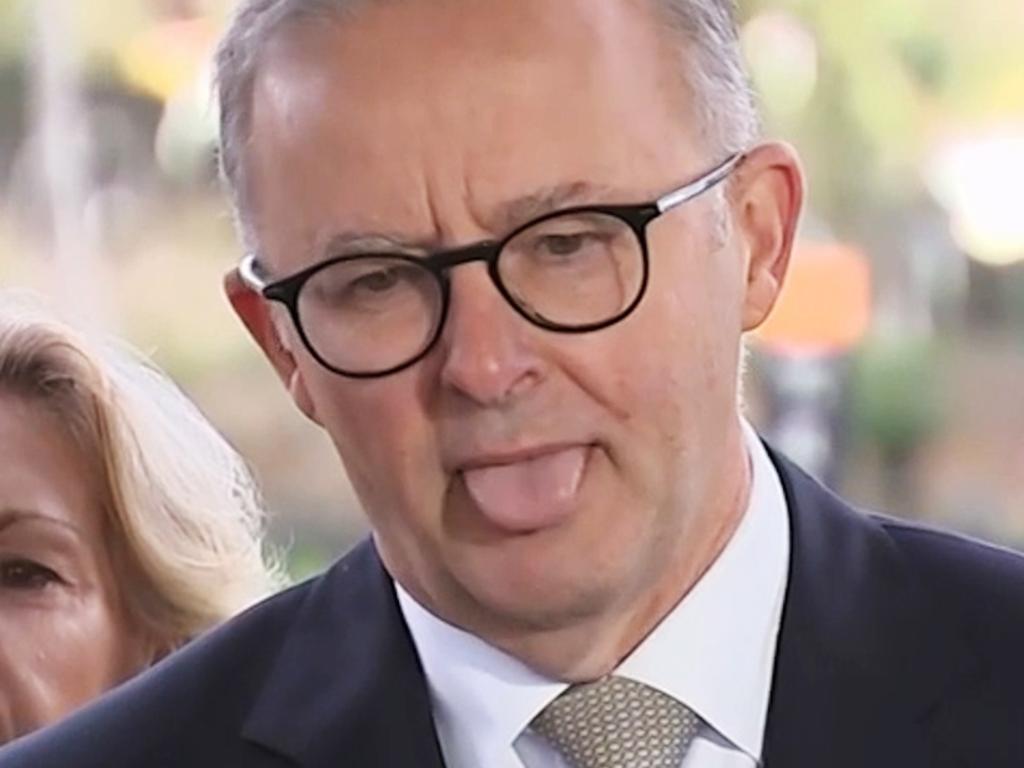
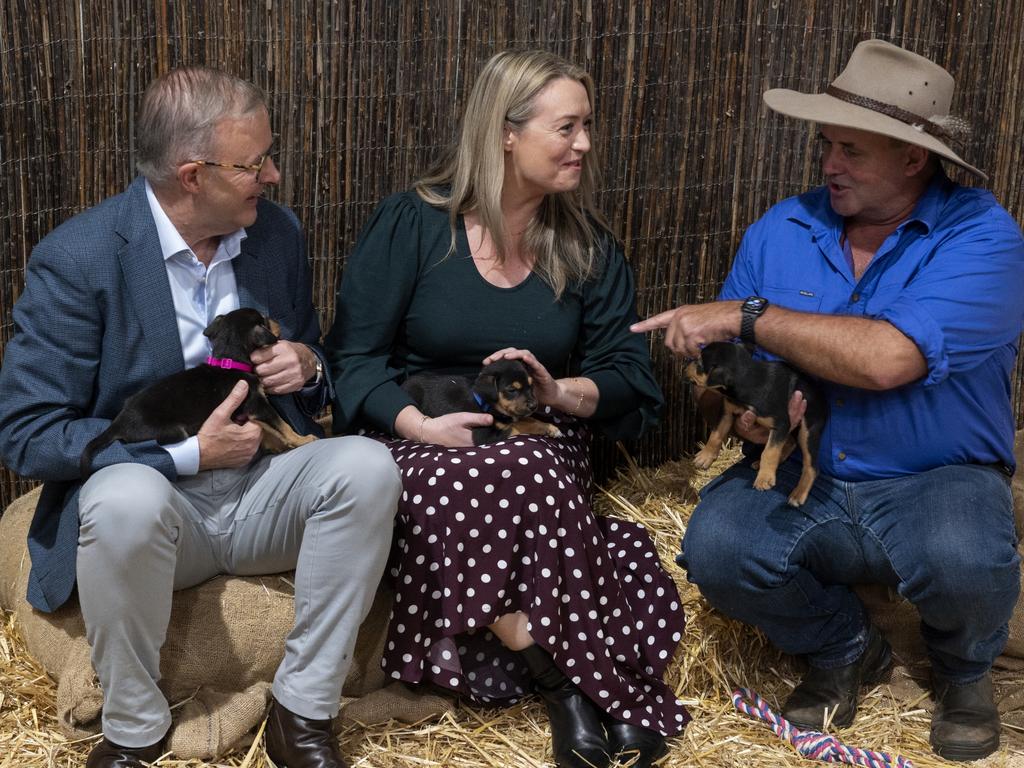

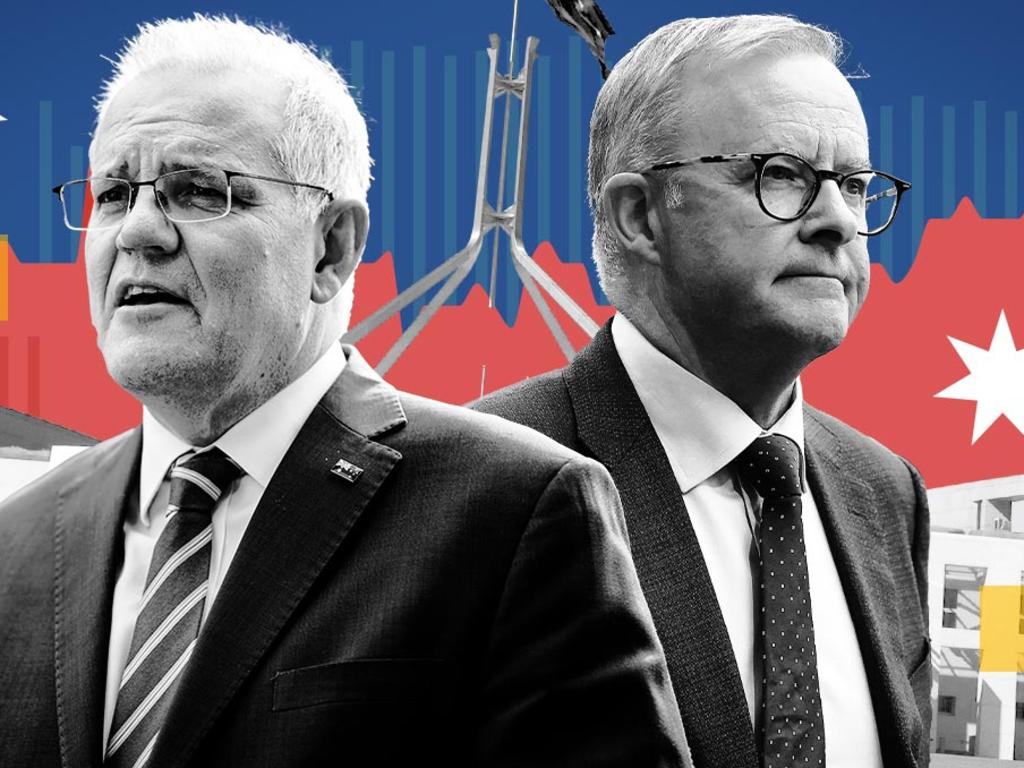
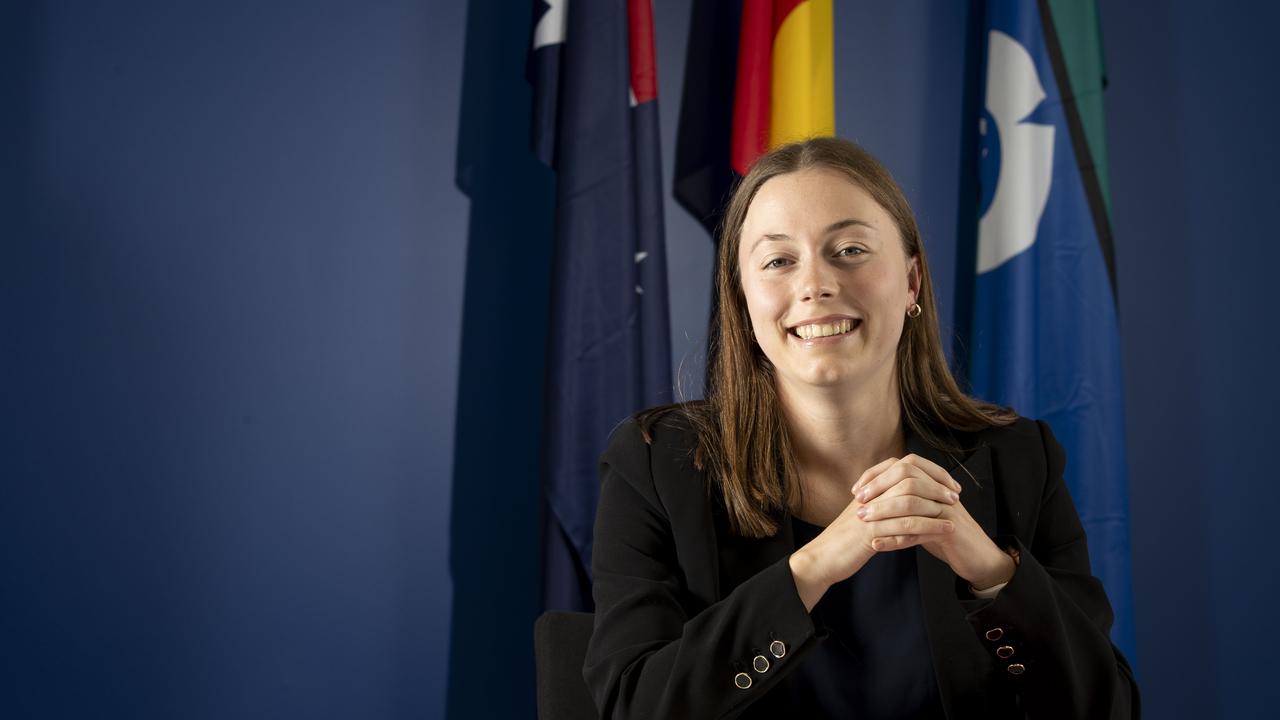

Anthony Albanese has been handed the electoral hiding he probably deserved after the past week’s performance on the campaign trail.